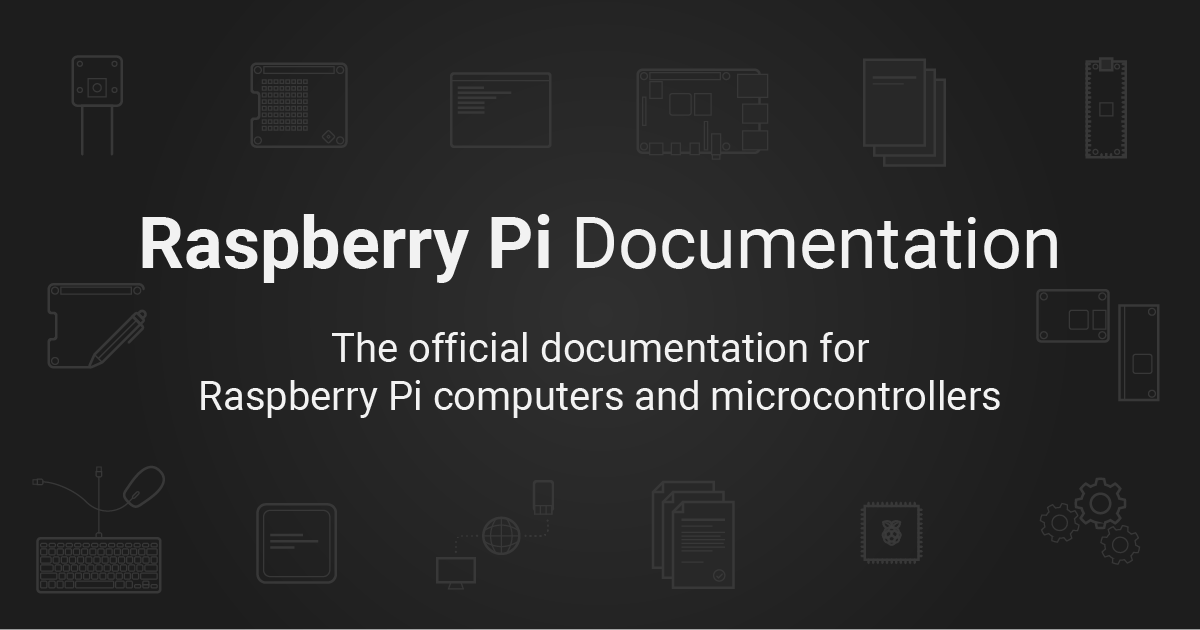Can someone guide me on how to set up a secure NAS within my LAN on my ASUS AC66U B1? I plugged in the external via USB 3.0 and have Network Place (Samba) Share / Cloud Disk enabled with guest login disabled. The router warns not to have guest login enabled but if I leave it disabled, when I double click the router in Windows Explorer, there's no username or password prompted and so I can't access the files on the NAS. I enabled and disabled SMB 1.0 in Windows 10 too.



Last edited:


